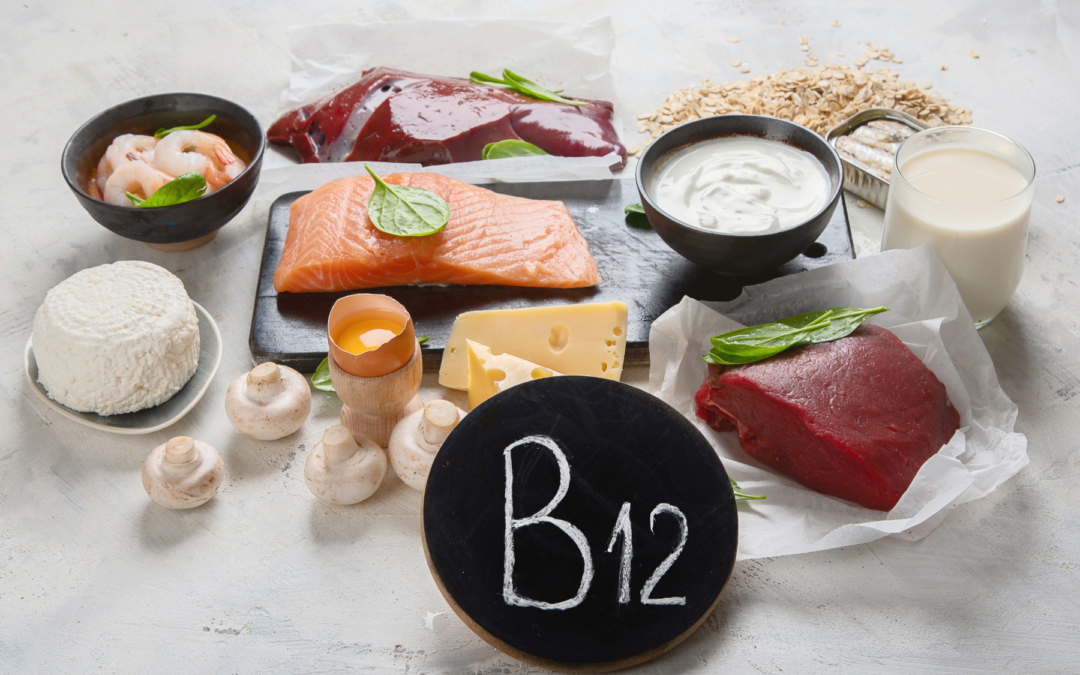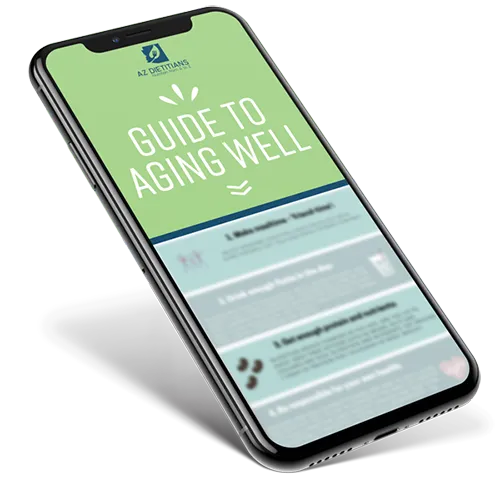When someone is on a diet, they are eliminating certain food and/or food groups from their meals to typically attain a certain goal – whether that includes losing weight, managing their diabetes, preventing heart disease, gaining muscle, and more. So what is the difference between dieting VS disordered eating?
Common popular diets include the following:
- Vegan diet
The vegan diet excludes all kinds of animal products, which includes meat, eggs, and dairy. The most common sources of protein for vegans are vegetables such as peas, beans, lentils, and other legumes.
- Vegetarian diet
The vegetarian diet excludes meat but allows eggs and dairy products.
- Paleo diet
The paleo diet is based on the types of food that would have been available in Paleolithic times. This includes lean meats, fish, fruit, vegetables, nuts, and seeds with no sugar or dairy products. Processed foods such as bread and other types of grains are excluded.
- Ketogenic diet
This diet is a type of low-carbohydrate, high-fat eating plan. It involves significantly reducing your intake of carbohydrates and replacing them with fat to force the body into entering a state called Ketosis. When your body is in ketosis, it burns its own stored fats for fuel. Individuals adhere to 20-30 grams of carbohydrates per day.
- Atkins diet
The Atkins Diet is a low-carb diet. The goal is to force your body into going from using carbohydrates as its main source of fuel, which will cause you to gain weight due to insulin secretion in response, and instead start burning fat stores at an increased rate. Food allowed includes meats, eggs, cheese, and other dairy products. Bread and high-carbohydrate vegetables like potatoes or corn are eliminated from the diet.
- Weight Watchers Diet
The Weight Watchers Diet encourages followers to eat a variety of types and quantities of food in moderation. It is based on the idea that people can control their weight by eating foods from all different types of groups within what they consider “points.”
Now what is the difference between dieting VS disordered eating? Sometimes it can be very challenging to distinguish between the two.
Dieting Vs. Disordered Eating
The term “disordered eating” refers to food and diet behaviors that do not meet the official diagnostic criteria for an eating disorder, but are still abnormal and negatively impacting the individual’s physical and mental health.2 People with disordered eating have a high risk of developing a diagnosable eating disorder and experiencing a decrease in overall health.
Dieting vs disordered eating often starts the same way, with the primary goal of weight loss. However, those with disordered eating can take it to the extreme. People can quickly fall into an eating disorder when dieting if they become obsessed with food and their weight, and the disorder often becomes a coping mechanism for individuals to gain a sense of control in their lives, block out painful emotions/trauma, gain approval of others, etc.3 Dieting and disordered eating both involve a weight goal, but those with an eating disorder are never satisfied with their goal and are always placing a lower one.
What Does Disordered Eating Look Like?
Dieting may not be the cause of eating disorders, but it is often a precursor. The National Eating Disorders Association reports that 35% of “normal dieters” progress to long-term dieting, and 20-25% of those individuals develop eating disorders.2 It is important to be aware of some of the common signs and symptoms of disordered eating/eating disorders to help keep yourself and others safe.
Some of the most common signs and symptoms include: 3
- Avoiding entire food groups or foods with specific textures/colors without a medical reason (such as lactose intolerance).
- Engaging in compensatory behaviors after eating, such as exercising in order to “make up” for the food you ate. These behaviors may be done in secret and include laxative use and self-induced vomiting.
- Over-exercising.
- Cutting food into extremely small pieces, slowly eating meals, and other methods to prolong eating and make yourself feel fuller from less food.
- Intentionally skipping meals or limiting food intake.
- Feeling guilty, anxious, and/or disgusted before or after eating.
- Following certain food rules or rituals (such as only eating after a certain time of day).
- Only eating food that you consider “clean” or “healthy”.
- Frequently weighing yourself and taking body measurements often.
- Obsessively tracking food and calories.
How to Be Healthy Without Restrictions
There are a couple of diets, such as vegan and vegetarian, that involve more than just an individual’s diet. Many vegans in particular also limit animal cruelty and exploitation in other areas of their lives, such as choosing not to wear certain fabrics and being more aware of where they purchase their products from.
There are ways that individuals can have a healthy relationship with food while being vegan and/or vegetarian as long as it is for the right reasons; if the diet is being used for weight loss and/or to restrict intake by restricting certain food groups, what is when it becomes a problem.5
The other diets mentioned earlier are easier to identify their reason as to how they can lead to disordered eating very quickly. For example, you are limiting the body’s preferred energy source with the Keto diet and Atkins diet, and it’s just a matter of time before things start crashing down.
Focusing on building a sustainable eating lifestyle and healthy relationship with food is more beneficial for the body than short-term dieting.6
- Eat a diet rich in whole food
Whole foods are food that is minimally processed, such as fruits, vegetables, legumes, whole grains, nuts/seeds, eggs, dairy, and fresh animal protein. These foods are high in fiber, vitamins, minerals, and phytonutrients that benefit your gut and reduce the risk of several chronic diseases, such as type 2 diabetes and obesity!
- Learn what works for you
The keto diet and Atkins diet are often referred to as “crash diets” due to their extreme calorie restriction and fast weight loss – while this seems great in theory, they are not sustainable and most people regain the weight they lost. It’s important when starting a healthy lifestyle to try to resist the urge to focus too much on weight loss. Eating nutritious food is going to be more important long term than quick weight loss while restricting yourself on a diet.
- Surround yourself with healthy food
You can help avoid tempting processed food by keeping these foods out of the house. Also, keeping your fridge and pantry full of nutritious food is a great way to encourage yourself to have these food items instead.
- Keep filling snacks on hand
Craving food from time to time is completely normal, and keeping snacks around that are filling and full of nutrients will help curb the cravings until you have time for your next meal. Snacks that are high in protein and fiber will help keep you full!
- Savor your favorite foods
Depriving yourself of the not-so-healthy food you love can actually end up backfiring as it can just increase the cravings. Try having these food items occasionally while practicing portion control.
- Avoid an all-or-nothing approach
Some people can fall into this all-or-nothing mentality where if they slip up from their healthy eating that their day is ruined and they can have junk food the rest of the day. Instead of seeing these situations in black or white, try looking at each food choice during a day as its own – one “slip up” doesn’t have to mean that the day is ruined and lead to similar poor food choices.
Incorporating the following recommendations into your eating lifestyle will provide your body with dependable nutrition from which you can adjust to appropriately lose weight (if desired).
Sources:
- Team, C. S. H. E. (2022, October 30). Diet dictionary: 10 different types of diets. CommonSenseHealth.com. Retrieved March 30, 2023, from https://commonsensehealth.com/diet-dictionary-10-different-types-of-diets/#:~:text=Diet%20Dictionary%3A%2010%20Different%20Types%20of%20Diets%201,8%208.%20Clean%20Eating%20Diet%20…%20More%20items
- Shisslak, C.M., Crago, M., & Estes, L.S. (1995). The spectrum of eating disturbances. International Journal of Eating Disorders, 18 (3), 209-219.
- “Disordered Eating: Definition, Examples, Treatment.” Healthline, 14 Sept. 2022, www.healthline.com/health/disordered-eating-vs-eating-disorder#bottom-line.
- Tuttle, Josie. “The Thin Line between Diet and Eating Disorder.” GoodTherapy.org Therapy Blog, 26 Aug. 2011, www.goodtherapy.org/blog/thin-line-diet-eating-disorder/#:~:text=An%20eating%20disorder%20often%20begins%20the%20same%20way%E2%80%94with. Accessed 30 Mar. 2023.
- https://www.eatingdisorderhope.com/information/anorexia/vegetarianism-risks
- https://www.healthline.com/nutrition/14-ways-to-stick-to-a-diet#:~:text=14%20Simple%20Ways%20to%20Stick%20to%20a%20Healthy,5%20Carry%20healthy%20snacks.%20…%20More%20items…%20







